3D BIM has triggered numerous changes in the AEC industry since its inception. One among the list is traditional facade design, where the technological impact gets observed across the whole chain of facade design, fabrication, and installation.
In a building’s architecture, the role of facade design is not limited to shield. Moreover, it reflects a building architecture identity, communicates with the external environment, and is pro for energy efficiency.
3D BIM modeling services with Virtual Reality technology replaced the traditional 2D drawings with 3D digital modeling. Where architects communicate and exchange ideas to design complex, modern, and diversified facade. The technology overcame the limitation of withholding information with its integrated database. Multi-discipline collaboration and VR tools encourage architects to focus on the shape, volume, and exterior shape of facade and encourage facade design, fabrication, and installation.
How BIM has changed facade modeling in construction
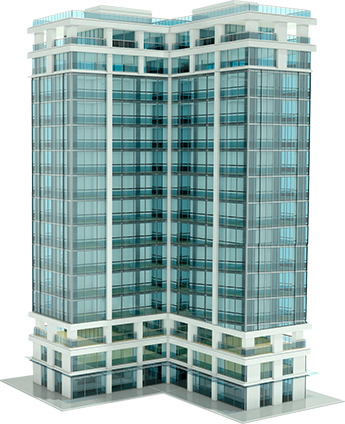
The facade is the most exterior part of a building’s architecture it gives an overview of the entire structure. A building’s acoustics performance, light transmission, energy efficiency, and interaction with the external environment also depends on its facade design.
The scope of Facade design expanded with the emergence of urban complexes, high-rise buildings, and BIM technology. It gave rise to an ecological, photoelectric, and intelligent facade demand. Several challenges and requirement faced during the industrialization of facade design like project management, data coordination from design to manufacturing, wastage of materials, sustainability, etc., was addressed by BIM.
The transformation from manual to digital drawings using CAD and VR technology gave an integrated data environment and ensured a well-coordinated facade design and building design with digital visualization. The 3D model developed coordinated architectural or facade drawings and shop drawings that helped meet the building energy performance requirement.
BIM technology helped in implementing Virtual design and construction (VDC) to assist project management. VDC helped to capture data from the design stage to pre-fabrication, the data assisted in modular construction.
3D model and CAD drawing helped Facade fabrication resolved potential issues from design to manufacturing and reduced wastage.
Benefits of BIM in facade design
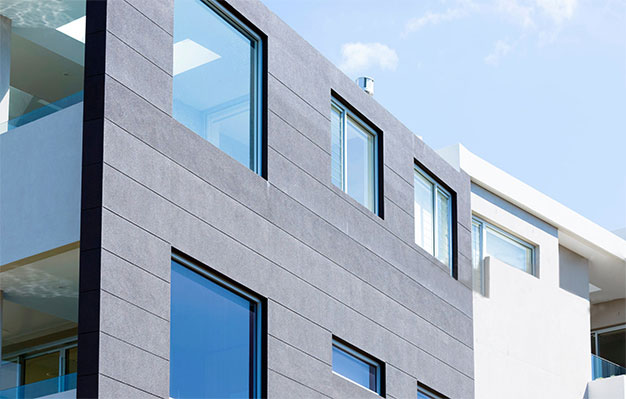
The application of BIM technology resulted in the evolution of facade design engineering. The BIM-based facade design feature brought several advantages to the architecture of a building.
Parametric facade design
BIM enables parametric facade design by changing all the elements of the facade into functional variables or algorithms. The different building designs get achieved by modifying these facade algorithms in BIM.
BIM parametric design gives all the real attributes of facade components parametric simulation, calculation, and relevant data statistics. The virtual facade components also get geometrical parameters such as component material, thermal performance, cost, weight, installation number, etc.
Based on different parameters, Facade parametric design performs several calculations and statistical analysis for modeling. Other parameters like energy conservation, layout, and evacuation are also analyzed and prioritized in the model to get an appropriate facade design.
BIM uses a different level of detail (LOD) to define the accuracy of modeled building elements. For facade design, LOD 400 ensures the facade design applicability for plant fabrication.
BIM-based 3D virtual design
The 3D virtual facade design in BIM helps communicate the design data and information to other project members. BIM’s 3D visualization gives a detailed facade design description of facade structure joints such as facade panel edge, corner, hole, junction, and beam bottom flashing and trim.
BIM helps generate the multi-view of sectional drawings and axonometric drawings of curtain walls automatically through the entity components data. Any changes made in the facade component design get automatically updated. It saves from the task of updating plan, elevation, and sections. BIM Visualization and its correlative feature improves communication, work efficiency of the design team, and solves discrepancies among the design team for a better facade design quality.
Parametric design modification
In BIM-based parametric modeling, designs get automatically modified. It is due to the corresponding relation between the parameters and controlled sizes of the model. BIM allows the geometric model of facade fabrication gets changed to building components with real attributes. When parameters of the geometric model are changed, building components get modified accordingly.
The use of building components with real attributes helps to create a parametric curtain wall component library. The library is helpful and reused as enterprise knowledge.
Top-down facade design
The facade or curtain wall of a building is a part of the building structure and even the mechanical fabrication fields. The curtain wall gets involved from concept design to detailed modeling, plant fabrication, and installation. So, there are chances of data loss in the process. BIM overcomes this drawback with its top-down facade design approach. It helps in developing a precise curved-surface modeling and an accurate fabrication with correct design data.
BIM’s Top-down design approach starts with developing a ‘top basic skeleton’ of the design. Based on this skeleton, a detailed design layout gets created after several modifications and parts specifications. For example, the facade design engineering that is the highest top basic skeleton gets broken into parts such as tower, floor, etc. The top basic skeleton created for these parts contains the geometric and spatial position of the facade panels. Therefore, these top basic skeleton acts as the core of top-down facade design, as they interrelate and link with the facade panel components.
Change in facade modeling process with BIM
BIM technology changed the facade modeling process the meet the demand of increasing complexity in facade designing and fabrication. Few changes brought by the technology in the facade designing process are:
facade models instead of drawings
Compared to the traditional manufacturing of facade panels, a high degree of customization gets required for the facade panel units. There are different facade designs for separate projects and also several facade panels in a single project. Therefore, the introduction of BIM technology-initiated facade models instead of drawings for designing.
The conversion of 2D drawings to 3D fabrication models avoids data loss. It accurately transfers the facade design data into numerical control machine tools used for facade fabrication. BIM facade models improve the building quality, and automatic digital facade fabrication reduces the wastage of materials.
Virtual assembly of centralized facade panels
BIM supports unitized facade fabrication, the virtual assembly of centralized facade panels. Since it gets performed in workshops, the builders at the site require knowledge of facade panels (for different façades and different floor heights) for their right positioning.
Once a detailed BIM facade design gets developed, the facade components like unit panels, keel frames, and irregular profiles are given unique codes according to data planning. Then the facade model of the entire building is assembled using the material list. The material list assigns a unique number to each component that gets extracted from the BIM model.
BIM creates information about fabrication, transportation, installation direction, and sequence in the facade panel. The data helps in the virtual assembly of the facade panel, resulting in multi-operational construction planning, installation sequencing, and improving its quality.
Unconventional structures making use of parametric facade design
The parametric features of BIM support the facade engineers and architectures in handling complex structures. By supporting facade designing, fabrication, and installation, BIM-created beautiful and unconventional building structures. These are some of the unconventional structures with extraordinary facade design.
Case study – Endesa Pavilion (Barcelona, Spain)
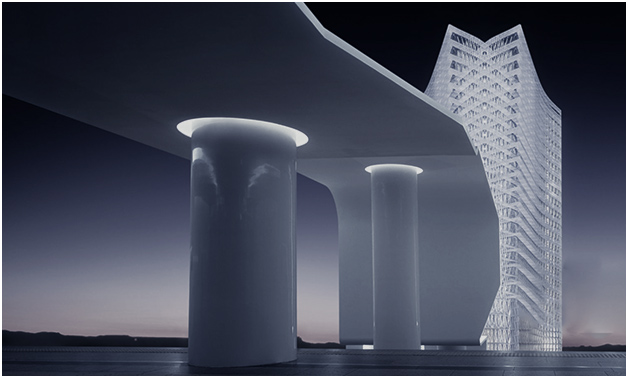
Endesa Pavilion installed at the Marina Dock is a self-sufficient solar prototype. The building is an example of a multi-construction system.
The facades designed are in a manner that integrates all levels of intelligence required by the building. Facade geometrical design applied BIM’s parametric features to meet the environmental requirements of the building. Constructed with modular components like the solar brick the facade manages and responds to photovoltaic gaining, solar protection, insulation, lighting, ventilation, and other environmental conditions. The facade opens are responding to the solar path. They are active and permeable towards the south but closed and protective towards the north.
Case study – LanQiao Clubhouse
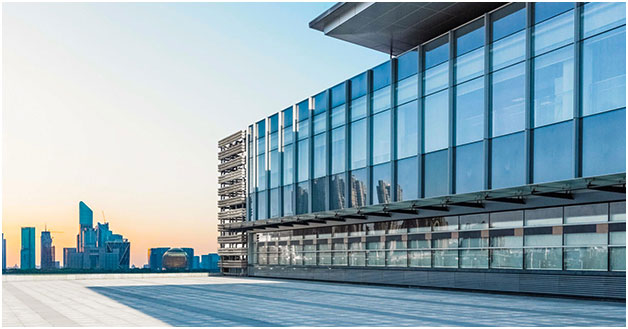
LanQiao Clubhouse is an 1150 square meter building with saunas, a café, and an outdoor swimming pool. And is located in the south part of Shanhaitian Beach Park in Rizhao, east China. The key feature of the park is a 50-year-old pineapple forest. Therefore, to minimize the construction impact on its natural reserve, the building form was minimized and pushed towards the sea. The swimming pool got strategically positioned in the buffer zone between the buildings. The complexity of the structure handled with steel structure created a huge span column-free space.
The complex structure got designed with BIM‘s parametric design feature, using the local low technology manufacturers. The Parametric design process helped in form-finding, structure optimization, facade penalization, and even construction documentation.
Case study – Louverwall
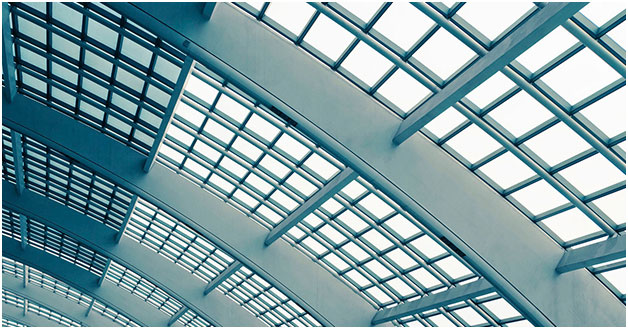
Loverwall got created for a couple living with five cats in Paju, South Korea. It consists of a café that is vertical, transparent, and dynamic on the first floor and residential space on the second and third floor. The building has energy –efficient and transparent facade designed in the west as it is the only open space. The light from the west got limited. And to create the curtainwall facade, clerestory used in the south that continued to the west. It helped to get soft daylight in the café space. The two curved walls inside the envelope brought natural light to the ground floor throughout the year.
For improving the building performance, louvers got used in the curtain walls. It helped to block the summer sun and get the winter heat. The parametric Louver design system got used to finding the optimized set of parameters like angle of rotation, spacing, projection length, and inclination for louver design. The structure, curtain wall, and louver all create a synergetic process and system for the building.
Design and build a world-class facade with eLogicTech
eLogicTech is an engineering services company with a team of BIM specialists to evaluate your requirements and plan an unconventional facade design for your project. By integrating a building’s aesthetics, energy efficiency, function, structure, and several other factors, our team of engineers brings an unparalleled building structure. Contact us to explore and utilize advanced BIM-enabled services such as – point cloud to BIM, 4D BIM simulation, parametric modeling, and more for innovative facade designs that will tell the story for years to come.







